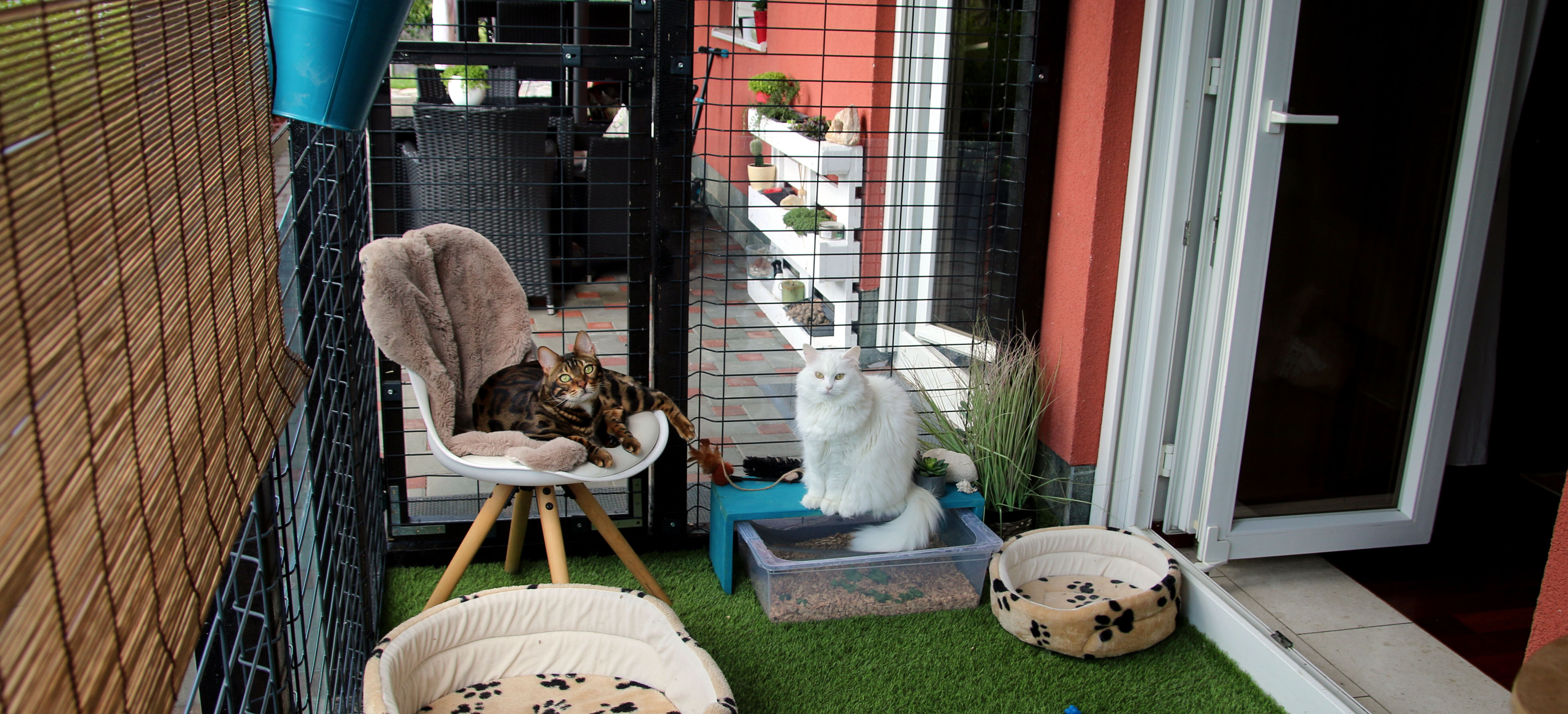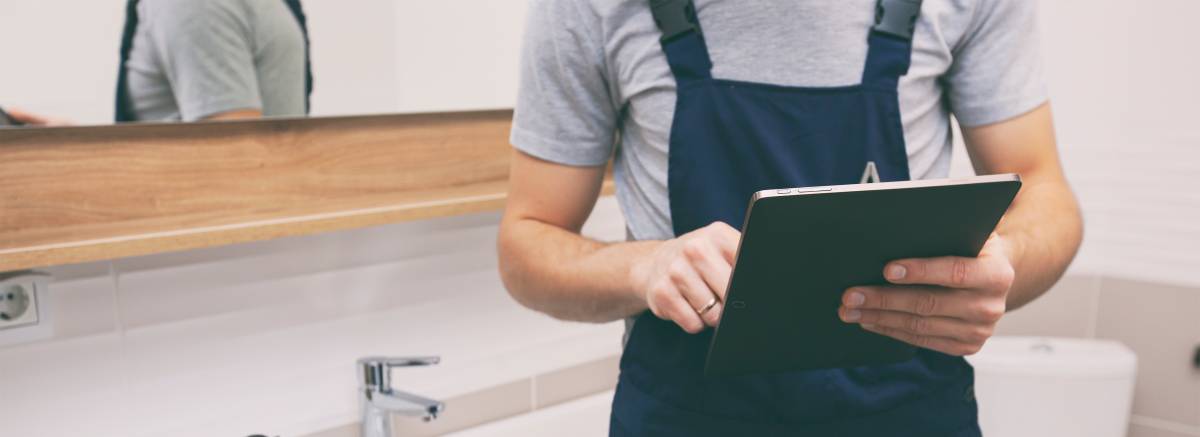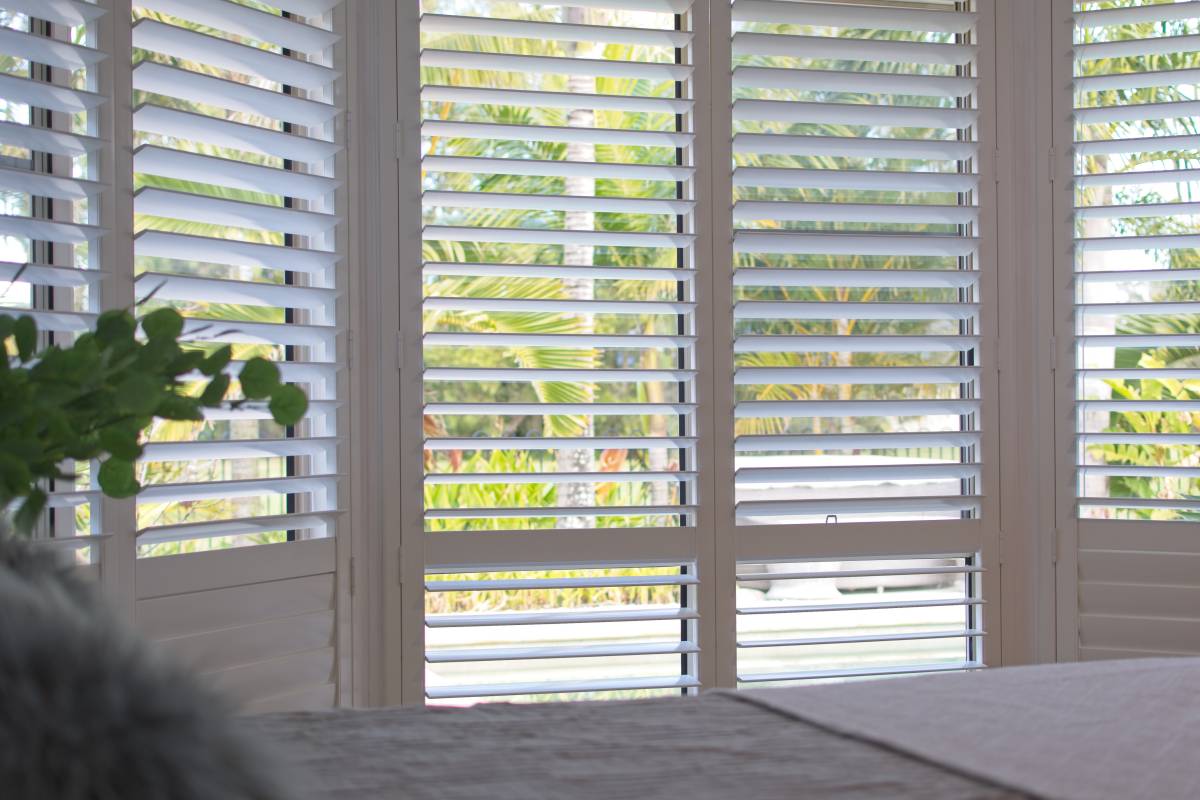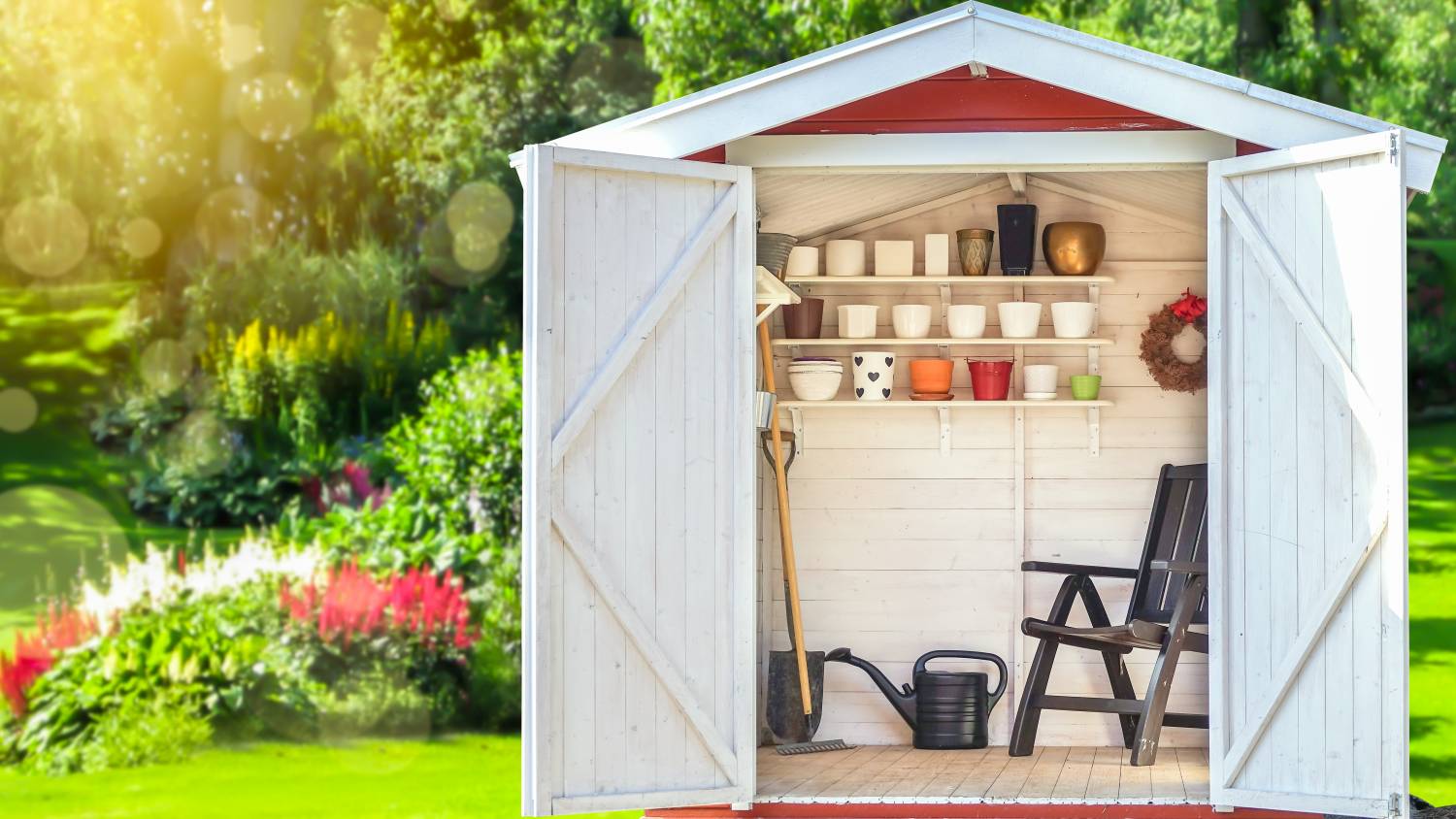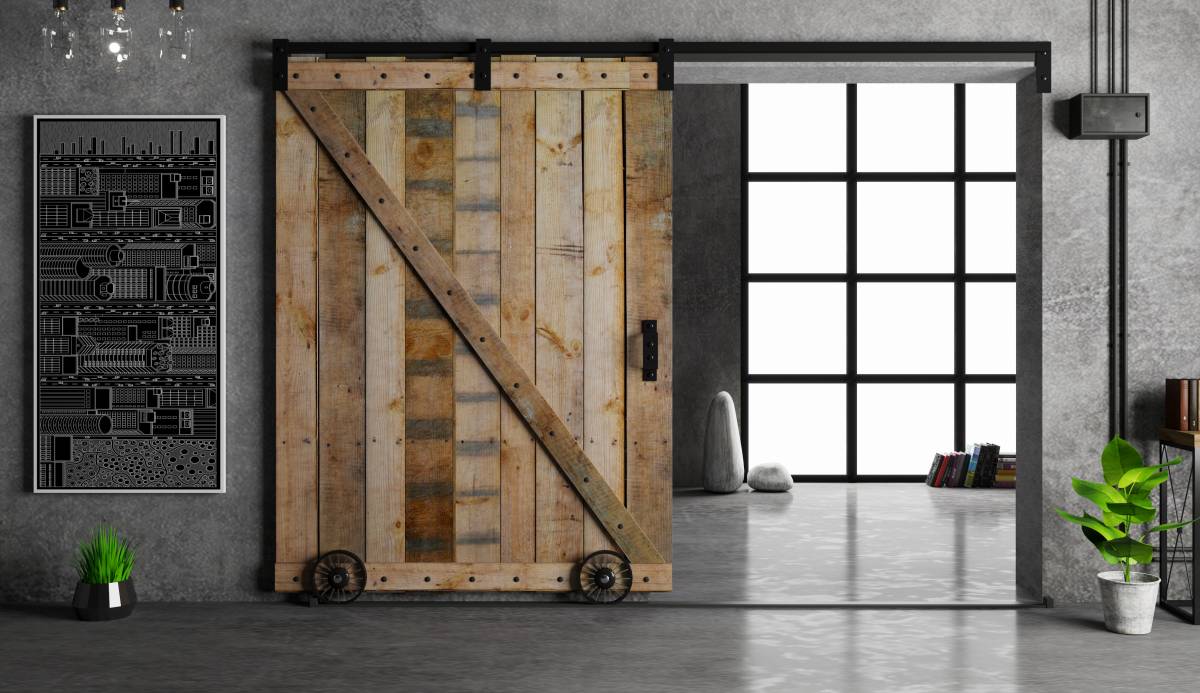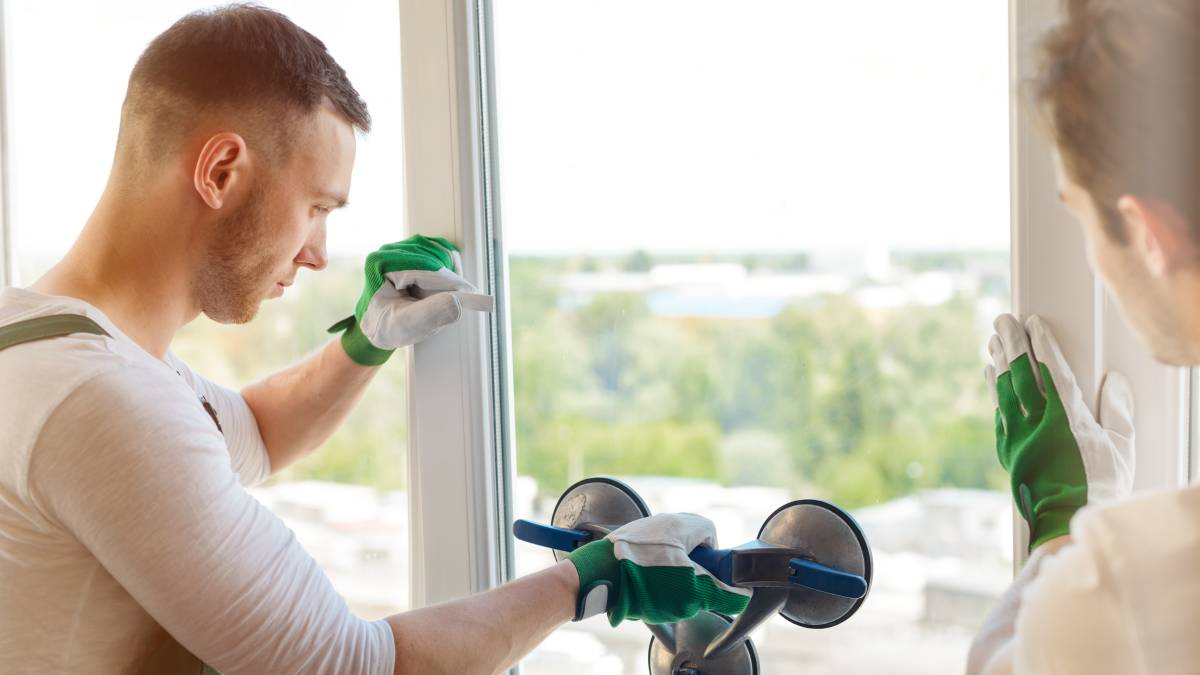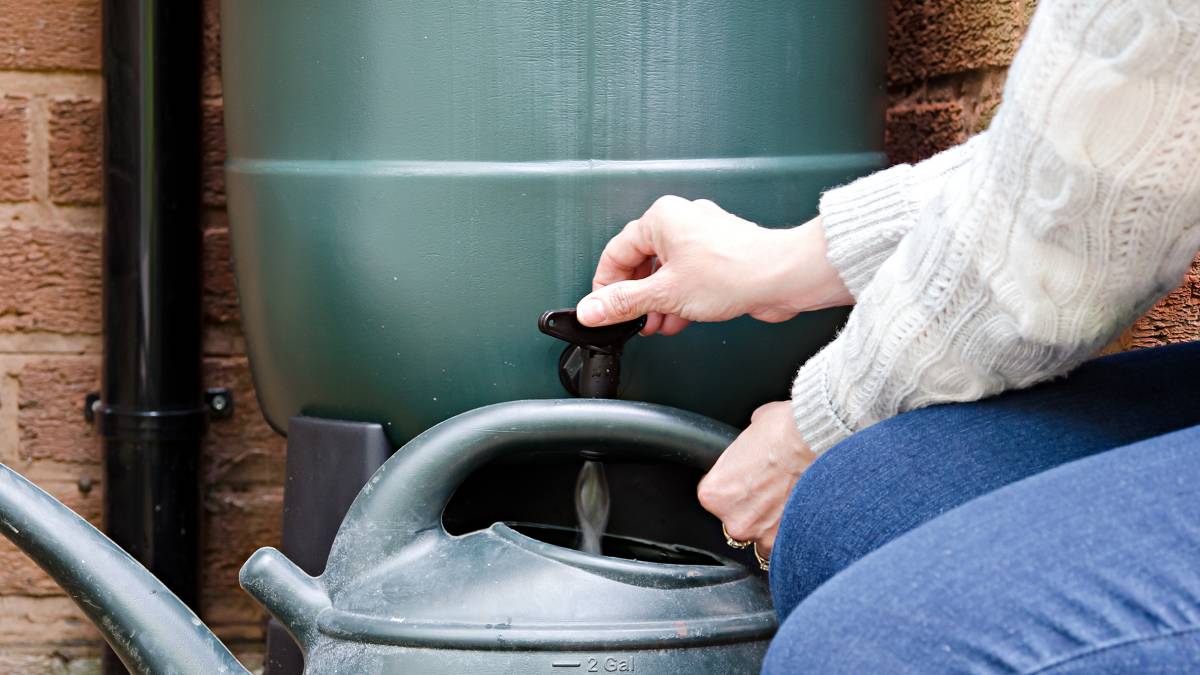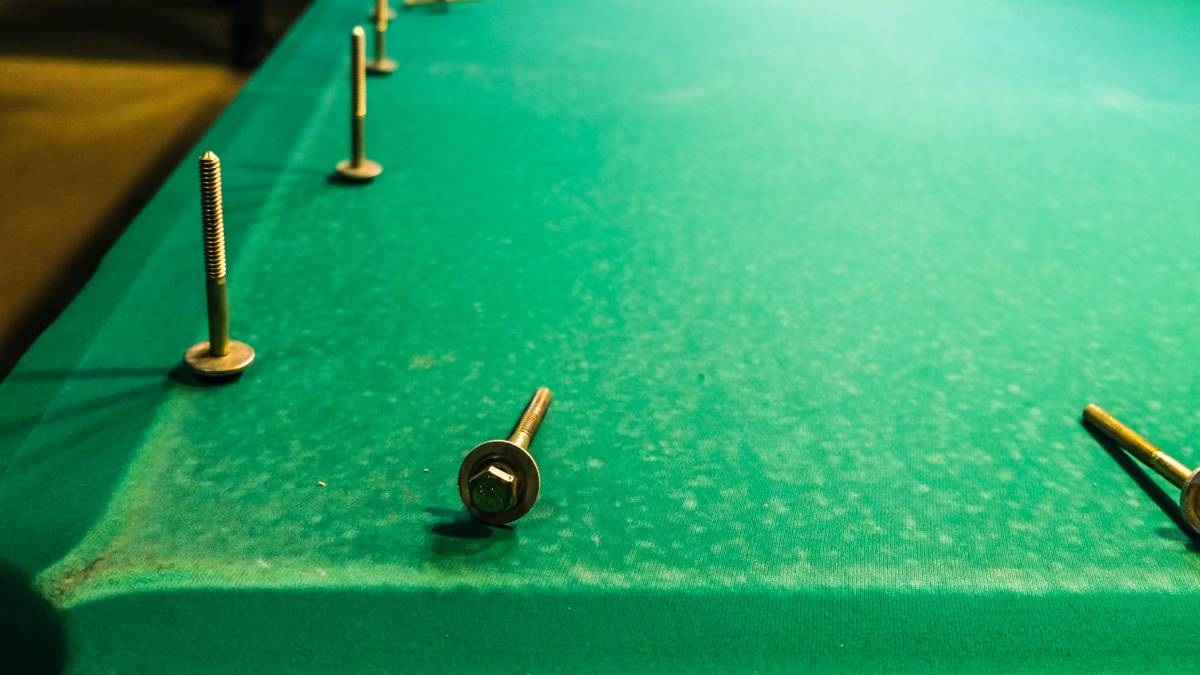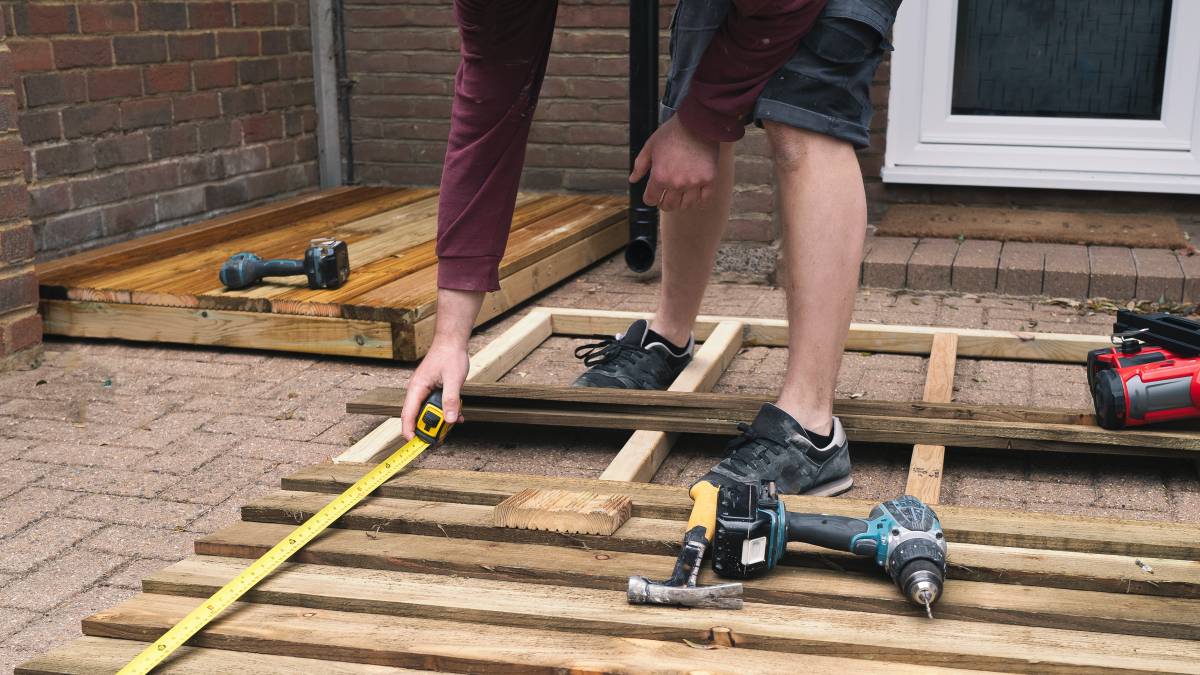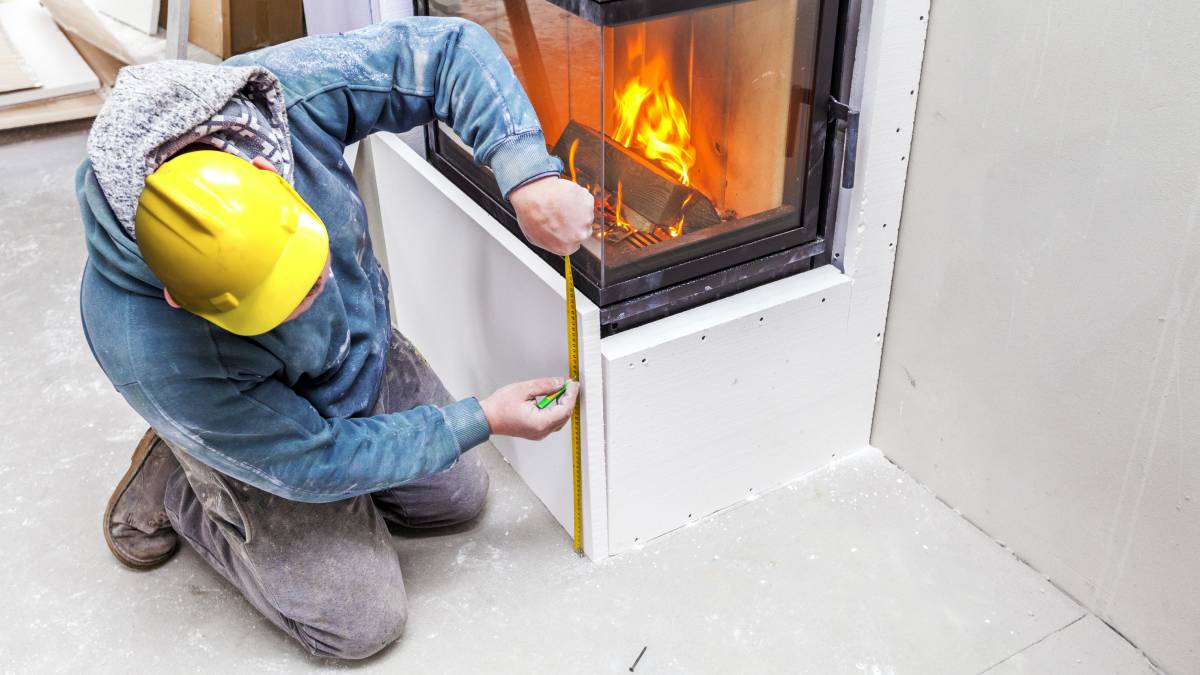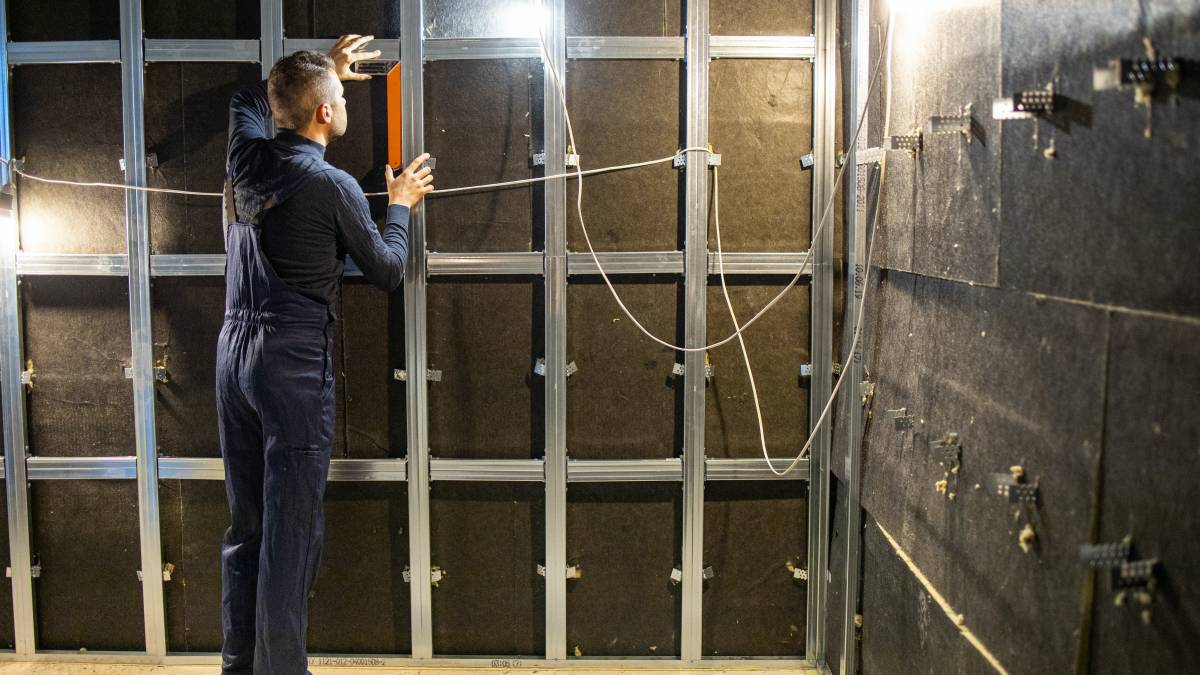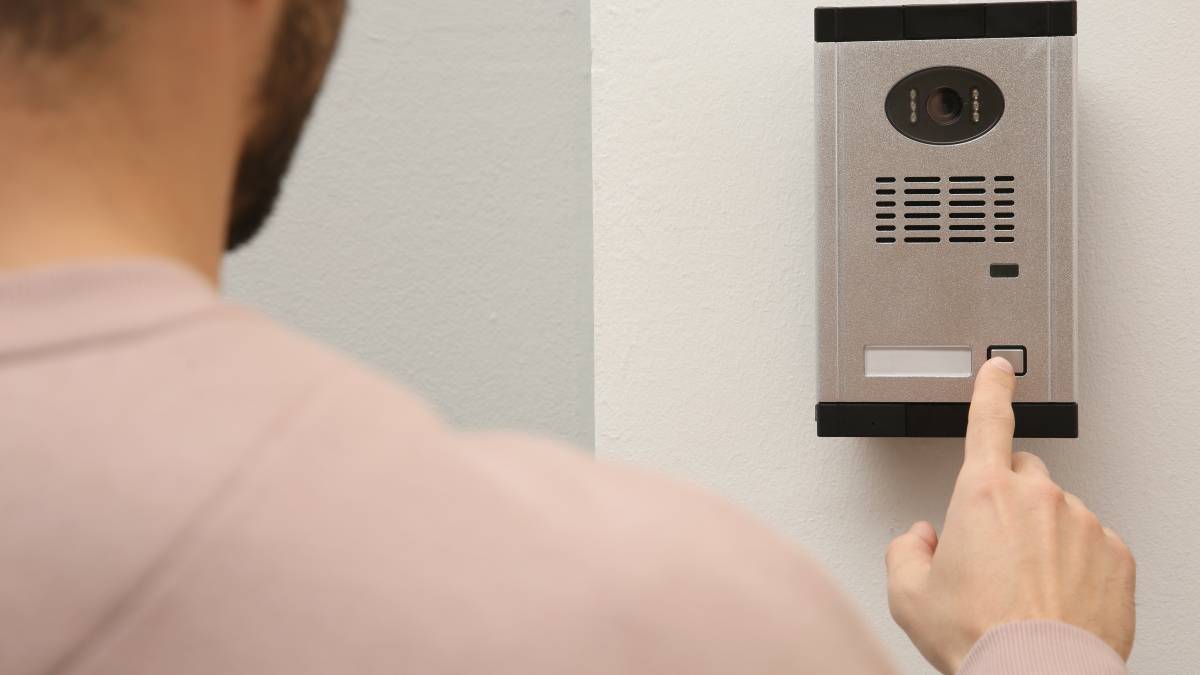- Home/
- Guides/
- Sewing Machine Repair/
- Sewing Machine Troubleshooting
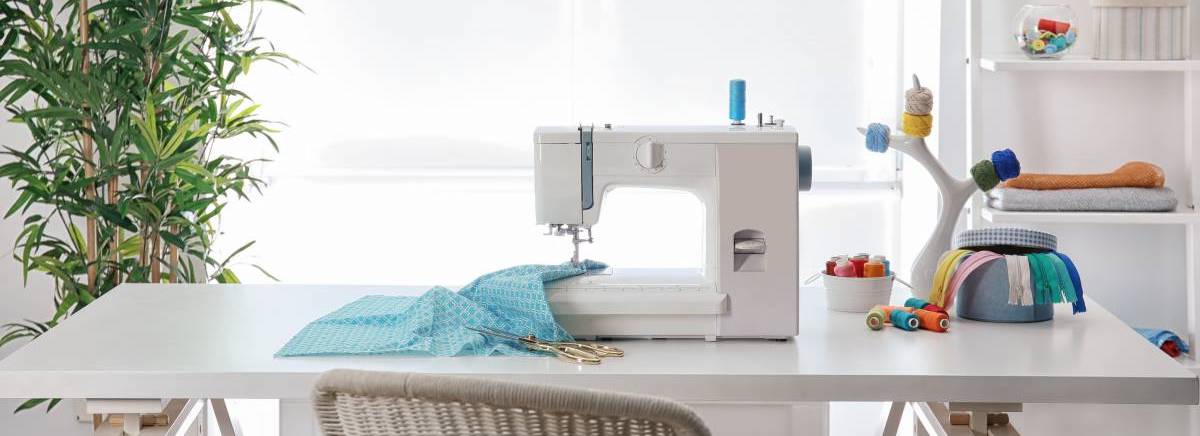
Guide to sewing machine troubleshooting & maintenance
Get help with your sewing machineLast Updated on
If you want to take up sewing or are a seasoned sewer, then you would know how integral a sewing machine is to creating precise, high-quality finished products. Regardless of how frequently you use a sewing machine to work, you need to know a few basic sewing machine troubleshooting and care.
Keep your machine running smoothly by reading on for some tips.
Types of sewing machines
If you want to know how to fix problems with your sewing machine or simply want to keep it running smoothly, you first have to understand that maintenance and repair depend on the specific kind of machine you have.
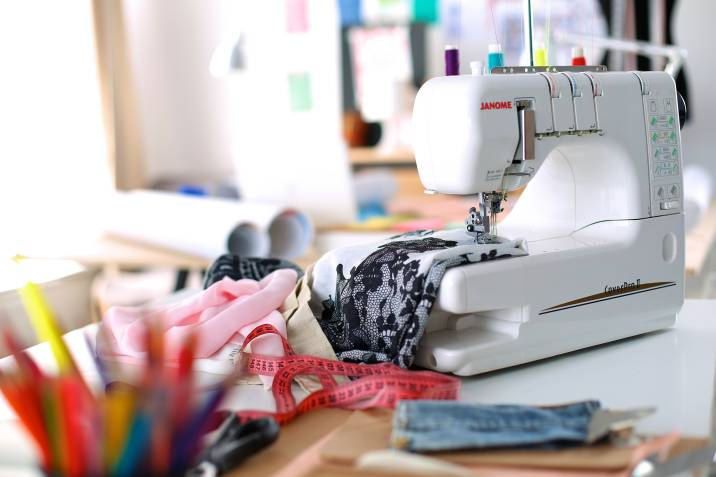
Mechanical
A mechanical sewing machine is made of metal and is built to last, but usually has fewer options and stitch types than electronic or computerized machines. This type of machine is operated using a treadle or is hand-operated.
Electronic
Electronic machines have various options for stitches and stitch lengths. Often, these come with knobs to operate them.
Computerized
Computerized sewing machines have more features including automatic needle threading and stitch variations (some even have embroidery stitching). These typically have an LCD screen and buttons.
Sewing machine maintenance tips
A faulty sewing machine can derail your DIY projects—not to mention, become a cause of headaches. These are a few things you can do to ensure your sewing machine stays in good condition.
Tip #1: Always refer to your manual
One general rule you should follow is to keep the machine’s instruction manual handy. While machines generally fall into a few types, they differ by make and model, and sometimes require maintenance specific to each. If you’re a novice sewer, it’s a must to familiarise yourself with all the different parts of your sewing machine.
Tip #2: Keep it covered
Store your sewing machine properly when not in use. For some machines, this means using a dust cover or a hard case. Other machines simply require you to fold it away. It’s crucial that you take the time to store your machine properly to protect it from dust and lint.
Tip #3: Clean it part by part

Because sewing machines have a lot of moving components, you need to clean them with utmost care. Ideally, try to clean the machine one part at a time.
If you're restoring or refurbishing an old sewing machine, this might entail you to disassemble it entirely. Otherwise, do regular cleaning with a lint brush and microfiber cloth to remove any dust and thread build-up.
Tip #4: Oil your machine regularly

Keeping your sewing machine well-oiled is the most important step in maintaining it. This ensures that internal motors are lubricated, helping them work more smoothly for longer and preventing the formation of rust.
Use only high-quality sewing machine oil and refer to your user manual to determine how frequently this step should be done. It’s also important to note that some machines are self-lubricating—in this case, oiling your machine is unnecessary.
Tip #5: Replace needles often
Dull needles affect the machine’s overall performance. The frequency of replacement depends on how excessively you use your machine. If you’re sewing hours at a time, it’s best to change your needles daily (after every eight hours is recommended). Meanwhile, if you use your machine intermittently, it’s a good idea to replace the needle after a week at most.
Sewing machine troubleshooting
If you’ve run into some problems with your sewing machine, don’t panic. While it’s recommended that you also have your machine serviced regularly to prevent these issues, some troubleshooting and repair know-how will help you save on costs for professional intervention. Listed below are a few common issues you may encounter.
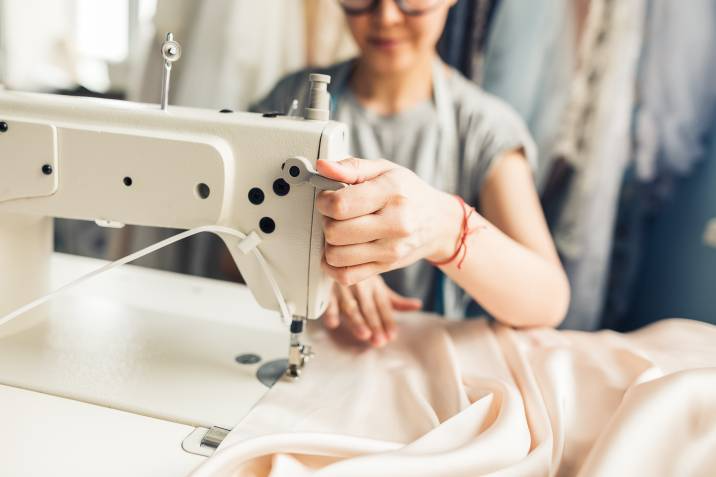
Why is my machine skipping stitches?
If your machine is suddenly skipping stitches, this is a signal to check on the machine needle. It may be bent or blunt and would need to be replaced.
However, keep in mind that this does depend on several factors. For instance, the thread you’re using should not be too thick or too delicate for the needle. With thin or stretchy fabric, meanwhile, you’ll see more even stitches by using a liner.
Also, see if the top thread might be too loose or too tight, which you can check by re-threading. If you’re still getting skipped stitches, you would most likely need to adjust the tension.
Why does the thread keep knotting or breaking?
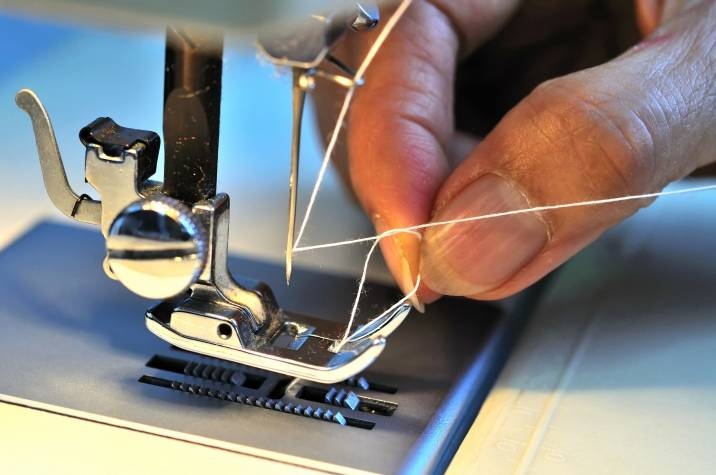
This depends on the type of thread you use and how the machine is threaded. It’s important to use high-quality thread (some threads for hand sewing are not necessarily ideal for machines) and that your top and bottom threads are of the same weight.
Make sure the bobbin is placed in the bobbin case in the right direction. Re-thread both top and bobbin threads with the machine’s presser foot up. If this doesn’t work, you might also have to lower the tension.r
Why isn’t the fabric feeding?
First, you’ll want to make sure that the presser foot is down and the fabric is placed correctly underneath the needle. You also want to check that the feed dogs are not jammed or accidentally lowered. It may also be a case of worn-out teeth on your needle plate, for which you would want to do some cleaning if it’s the culprit.
Additionally, the stitch length might be set to zero, resulting in stitches that are too short. If the fabric won’t feed and you find that thread is bunching underneath it, then most likely the machine hasn’t been threaded correctly.
Why is the fabric wrinkling or puckering?
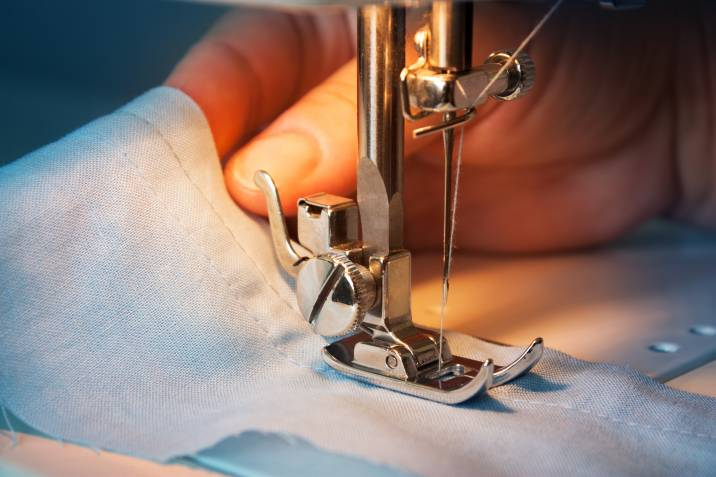
Consider the type of fabric you’re using. While sewing, you must keep the fabric taut, but if you are working with delicate or sheer fabric, the key is to use lining or stitch slowly. You also want to check that the stitches aren’t set too long, as this puckers fine fabric. If you find your needle is dull, it may be time to replace it.
Why am I getting inconsistent stitches?
Loose, skewed, wavy, or uneven—sewing machine stitch problems can make your finished product unattractive. Try not to use poor-quality thread that might shrink or break easily. Just as important as this is ensuring that the top and bottom are threaded correctly and that you let the fabric feed without pulling on it in a hurry.
Why isn’t my sewing machine stitching?
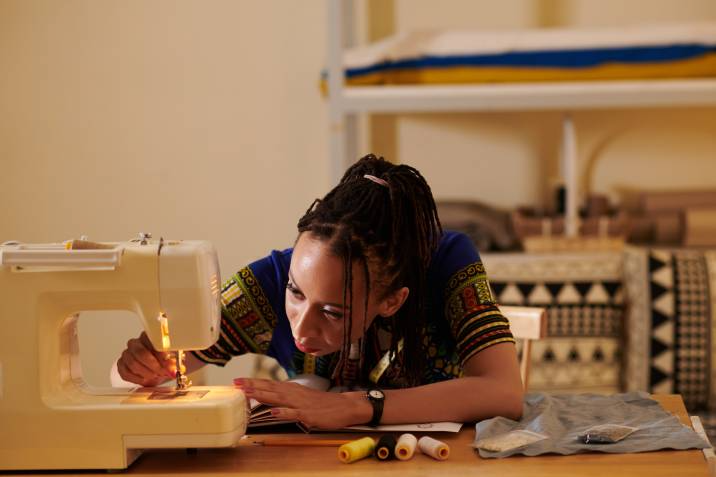
If your machine isn’t stitching at all, there could be various reasons:
Check that the machine is plugged in correctly. You may want to turn it off and back on again to see if it fixes the problem.
If you’re using a computerized machine, take a look at the LED screen for any error codes. Refer to your manual.
See if there’s a nest of thread underneath the fabric and remove it.
Make sure the needle isn’t attached loosely to the needle bar.
In case of loose thread, re-thread the upper thread path.
Ensure your machine can handle the fabric you’re working with. If the fabric is tough, use the appropriate needle and thread, and don’t force it if it won’t budge.
Finally, your machine might have seized up due to the build-up of dirt and lint. See if cleaning helps it to work properly.
Simple care and fine-tuning
Running into snags when using your sewing machine? Apply the basic maintenance and troubleshooting tips we’ve shared here to keep your machine running smoothly.
However, if you’re stumped on a more serious issue with your machine, it may be time to let a professional take a look at it. Post a task on Airtasker if you need assistance.
Find sewing machine repair experts, fast
Find a sewing machine repairs expert
Related articles

30 Lovely pantry door ideas
Read more

Install a screen door in 6 steps
Read more
Related price guides
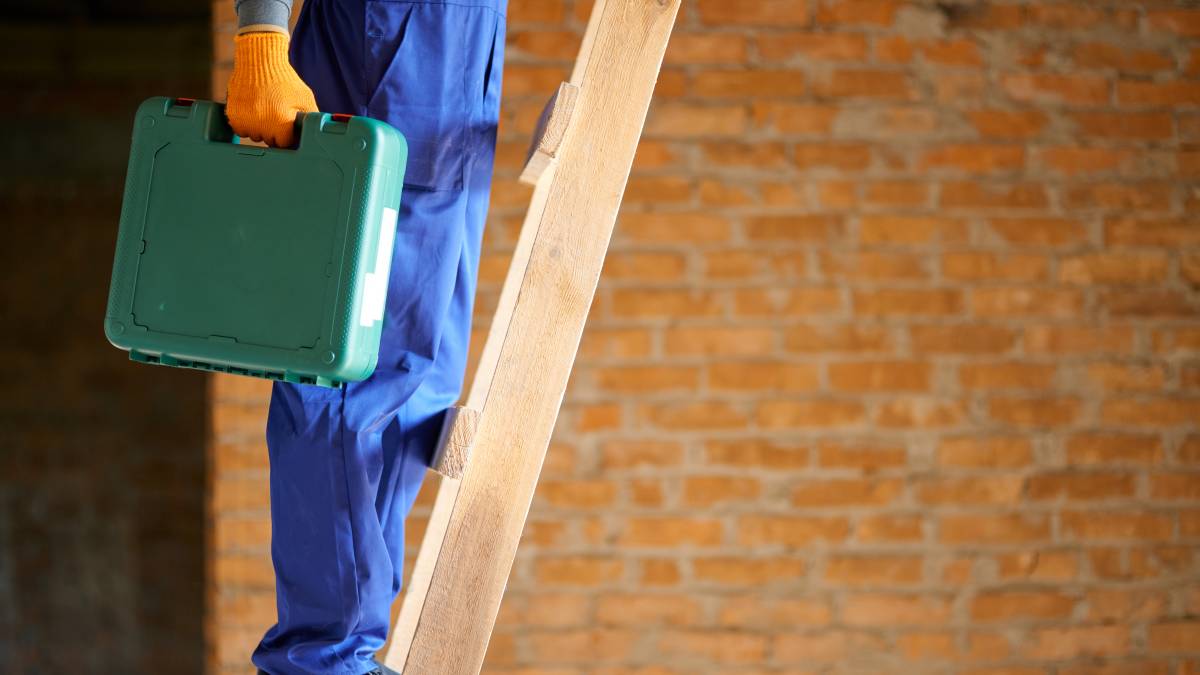
What are average handyman prices?
Read more
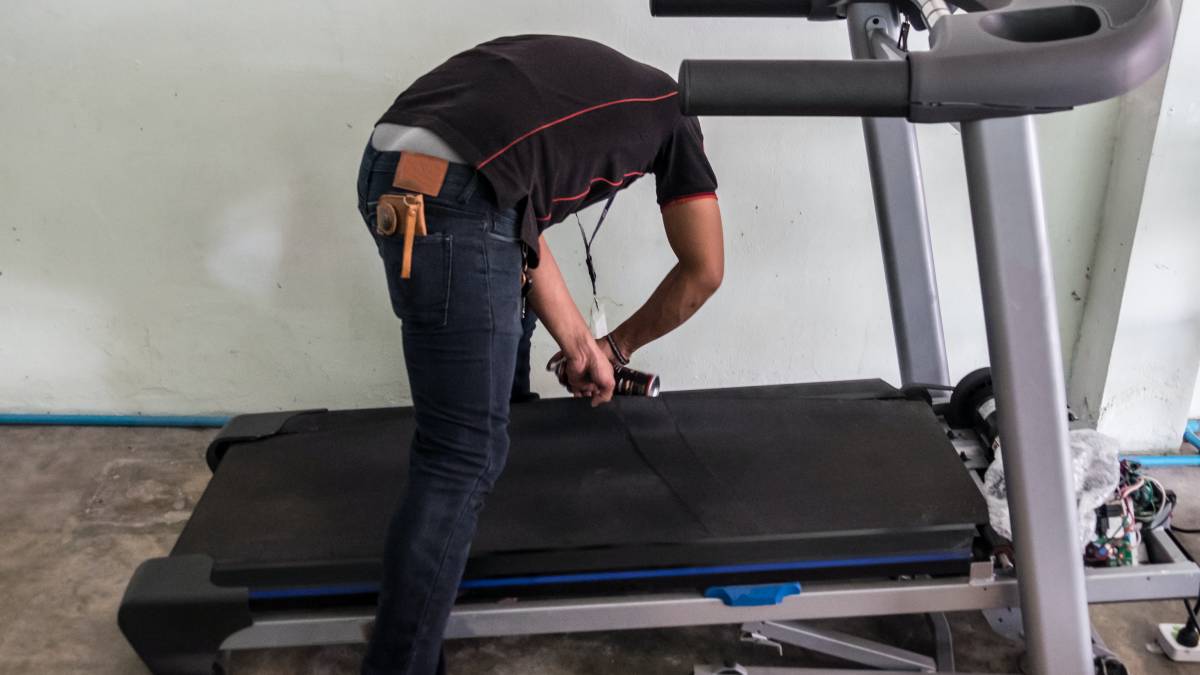
How much does treadmill repair cost?
Read more
Let's do this!
It's free and takes only a minute.

